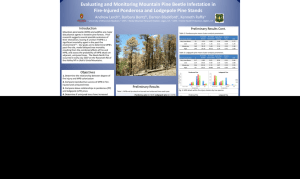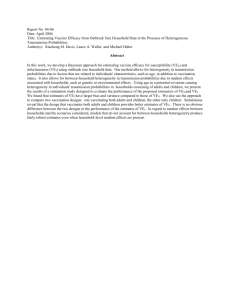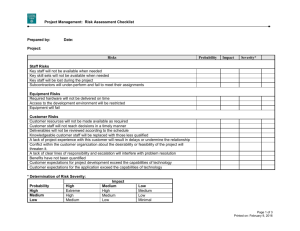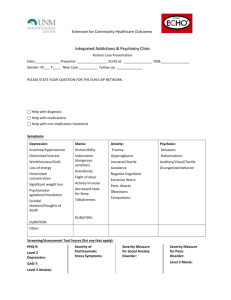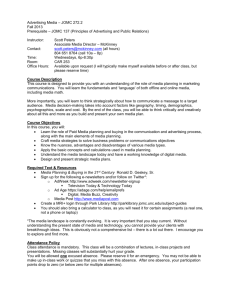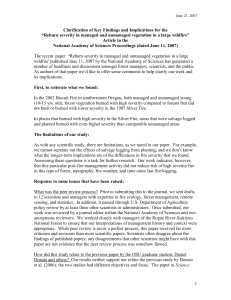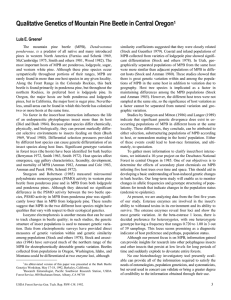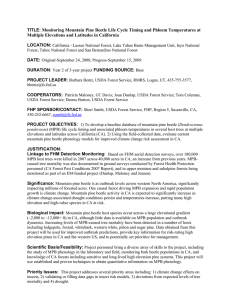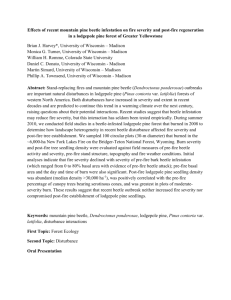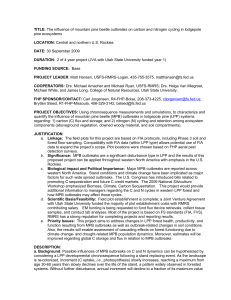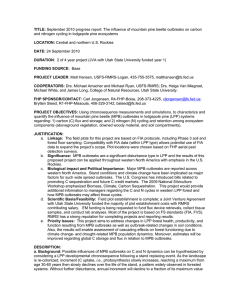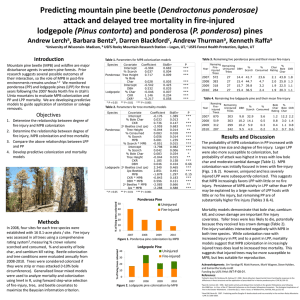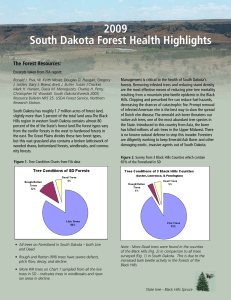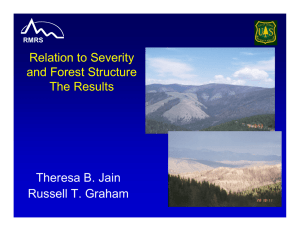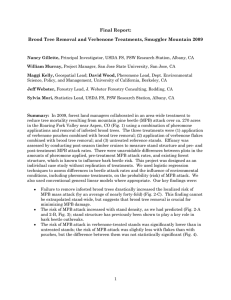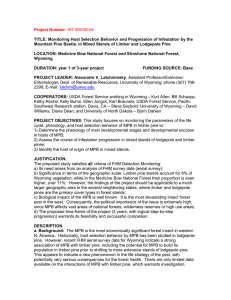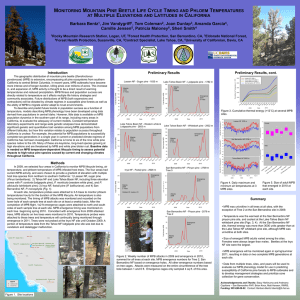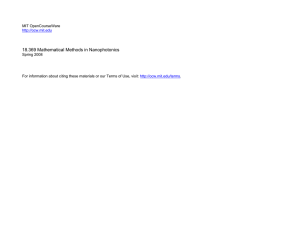Disturbances: Fire and Beetle Climate Space Fire Regimes
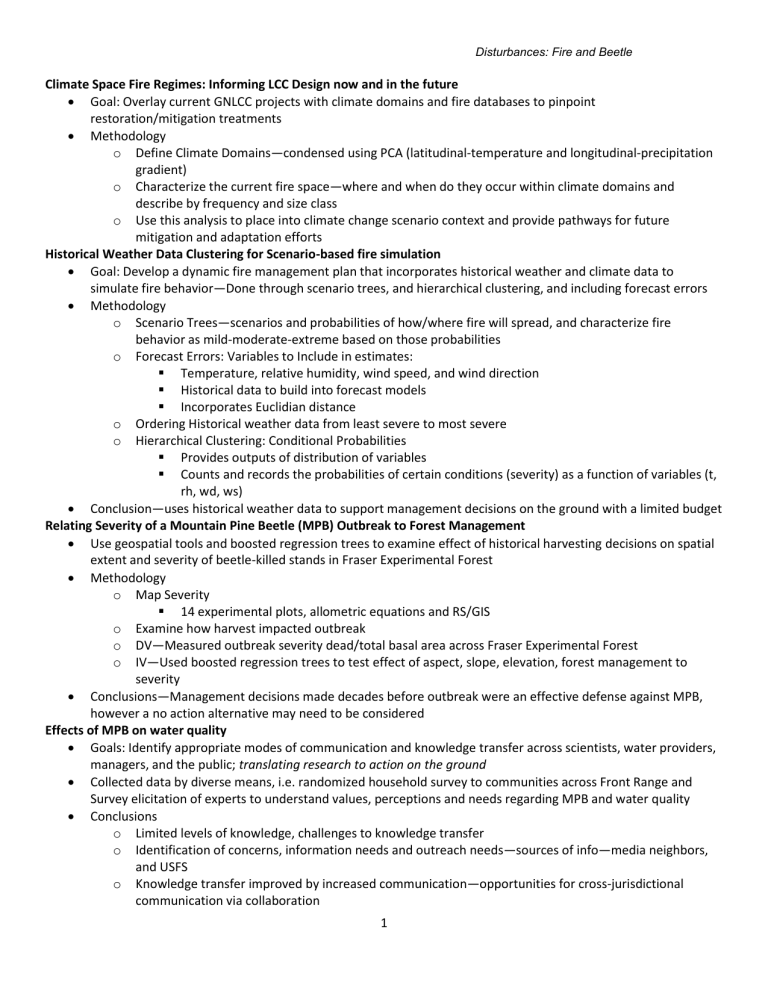
Disturbances: Fire and Beetle
Climate Space Fire Regimes: Informing LCC Design now and in the future
Goal: Overlay current GNLCC projects with climate domains and fire databases to pinpoint restoration/mitigation treatments
Methodology o Define Climate Domains—condensed using PCA (latitudinal-temperature and longitudinal-precipitation gradient) o Characterize the current fire space—where and when do they occur within climate domains and describe by frequency and size class o Use this analysis to place into climate change scenario context and provide pathways for future mitigation and adaptation efforts
Historical Weather Data Clustering for Scenario-based fire simulation
Goal: Develop a dynamic fire management plan that incorporates historical weather and climate data to simulate fire behavior—Done through scenario trees, and hierarchical clustering, and including forecast errors
Methodology o Scenario Trees—scenarios and probabilities of how/where fire will spread, and characterize fire behavior as mild-moderate-extreme based on those probabilities o Forecast Errors: Variables to Include in estimates:
Temperature, relative humidity, wind speed, and wind direction
Historical data to build into forecast models
Incorporates Euclidian distance o Ordering Historical weather data from least severe to most severe o Hierarchical Clustering: Conditional Probabilities
Provides outputs of distribution of variables
Counts and records the probabilities of certain conditions (severity) as a function of variables (t, rh, wd, ws)
Conclusion—uses historical weather data to support management decisions on the ground with a limited budget
Relating Severity of a Mountain Pine Beetle (MPB) Outbreak to Forest Management
Use geospatial tools and boosted regression trees to examine effect of historical harvesting decisions on spatial extent and severity of beetle-killed stands in Fraser Experimental Forest
Methodology o Map Severity
14 experimental plots, allometric equations and RS/GIS o Examine how harvest impacted outbreak o DV—Measured outbreak severity dead/total basal area across Fraser Experimental Forest o IV—Used boosted regression trees to test effect of aspect, slope, elevation, forest management to severity
Conclusions—Management decisions made decades before outbreak were an effective defense against MPB, however a no action alternative may need to be considered
Effects of MPB on water quality
Goals: Identify appropriate modes of communication and knowledge transfer across scientists, water providers, managers, and the public; translating research to action on the ground
Collected data by diverse means, i.e. randomized household survey to communities across Front Range and
Survey elicitation of experts to understand values, perceptions and needs regarding MPB and water quality
Conclusions o Limited levels of knowledge, challenges to knowledge transfer o Identification of concerns, information needs and outreach needs—sources of info—media neighbors, and USFS o Knowledge transfer improved by increased communication—opportunities for cross-jurisdictional communication via collaboration
1


